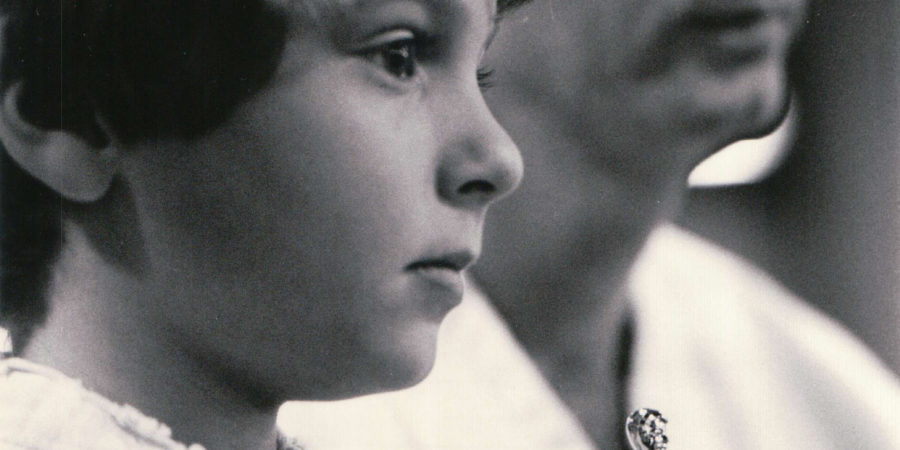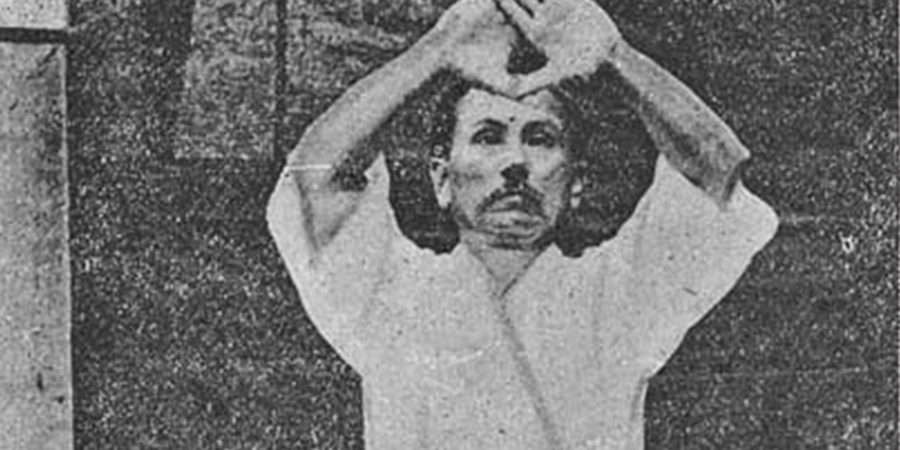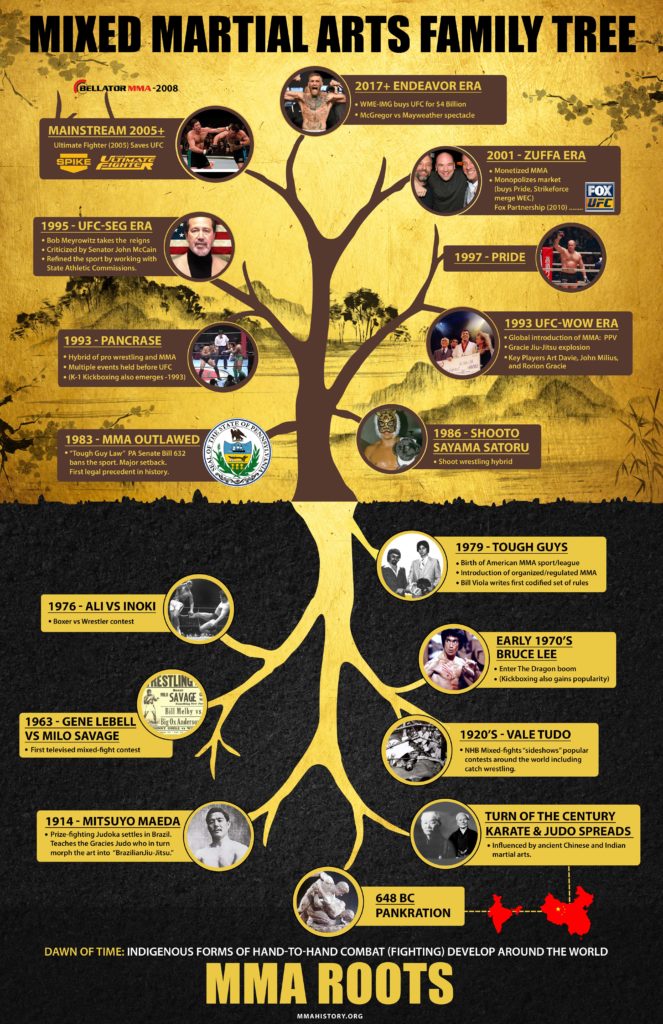Martial Arts Karate
Sensei Bill Viola Jr. – Martial Artist
Viola is “Sensei” of Allegheny Shotokan Karate, the gold standard for martial arts in Western PA (celebrating its 50-year anniversary in 2019). The family-owned and operated dojo is blessed with 3 generations of Violas who carry on the legacy. Over the past fifty years, Viola’s karate school has welcomed and transformed everyone from children struggling with autism to Olympic level competitors. On September 23, 2019 the Pittsburgh region celebrated “Sensei Viola Day” to honor the dojo’s contributions to the community over the past 1/2 decade.
“It doesn’t matter if they are a professional athlete or a teenager who is coping with bullies,” Viola Jr. says, “Each and every student is on their own personal journey of self-enlightenment and courage. Our goal is to help them reach their potential and go beyond.”
This formula of empowerment inspired Viola Jr. to package the family secrets into an Award-winning curriculum—Sensei Says®. This life skills education course is the cornerstone of Allegheny Shotokan’s sister programs Norwin Ninjas (4-7 year olds) and Nursery Ninjas (2-3 year olds). The growing Pittsburgh karate legacy includes all four of his sisters and now his daughter, Gabriella Capri Viola (2018 US Open International Champion) and a son, William Viola IV born 2017.

Sensei Bill Honors:
- Triple Gold Medalist USA Karate Jr. Olympics
- Multiple time USA National Champion as Junior athlete
- Recognized as World Champion by Arnold Schwarzenegger -1998
- Member of the USA Karate National Team
- 4x USA Karate Federation National Champion (1995-1998)
- 4x USAKF All-American Athlete (1995-1998)
- Most successful PKRA State Champion of his era.
- Creator Sensei Says ® Life Skills Curriculum
- 2003: Inducted into National Black Belt League The Martial Arts Hall of Fame, 2003
- 2005: Recipient of The Lifetime Achievement Award, Sport Karate Museum
- 2011: The Willie Stargell “MVP Award” for community service
- 2016: Pittsburgh Magazine’s 40 under 40 recipient.
- 2017: “Whos Who in the Martial Arts” (Legend of American Karate recipient)
- In 2020 Viola Jr. was inducted into “Who’s Who Legends” Hall of Fame and was featured in the Chuck Norris edition 2020 Martial Arts Masters and Pioneers book.
Early Training
Bill Viola was introduced to the art of Shotokan Karate by his father William Viola, founder of Allegheny Shotokan Karate. His lessons began in the late 1970s as a toddler.
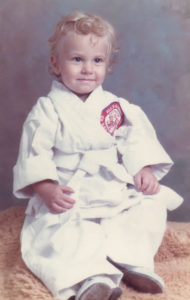
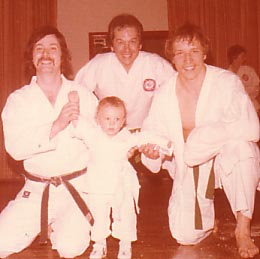

As a youth Viola was one of the most consistent and well rounded competitors in the country recognized as a USAKF Jr. Olympic champion and 1993 Overall Sport Karate International Champion. He went on to be the most successful sport karate champion in Pennsylvania Karate Rating Association history winning an unprecedented 8-consecutive black belt overall state titles (1992-1999). As an open and traditional competitor Viola excelled on multiple circuits including NBL, NASKA, AAU, and USAKF. He competed across North America as a member of X-Caliber and Metro All-Star national travel teams.
He was recognized as a multiple USA Karate All-American Athlete and National Champion. Viola was the only adult black belt triple gold medalist (Kata, -65 Kilo Kumite, Kobudo) at the 1997 USAKF National Championships in Akron, Ohio. read more
Bill is the head coach of “Team Kumite,” an all-star travel team that represents Pittsburgh on an international level. Most recently he coached his student, Xander Eddy at the Pan American Championships in Cancun, Mexico. Eddy became the youngest American in history to win Gold and was honored by the Pennsylvania Governor Tom Wolf and WTAE featured athlete. In 2020, the team is slated to compete at the Irish Open in Dublin, Ireland and visit Tokyo, Japan for the Olympic Games.

Stunt Work & Professional Shows
Viola has served as a stunt actor and choreographer including performances for Paramount Pictures, Nickelodeon Movies, US Steel, Police Athletic League, Eckert Seamans Law Firm, and the University of Pittsburgh. Over the years Viola has participated as a spokesperson for national campaigns including, Say No to Drugs, a tour took Viola coast to coast from Los Angeles to New York. -Pictured left, Bill Viola congratulated by Arnold Schwarzenegger for winning the Arnold Classic -1998
Brief Accomplishments:
Viola has won numerous national and international titles and was inducted into National Black Belt League Hall of Fame in 2003 (Houston, Texas). He was also inducted into the National Federation of Martial Arts Hall of Fame, Kumite International Hall of Fame, and the Pennsylvania Karate Rating Association Hall of Fame. In 2004 he was honored at The Sport Karate Living Legends Banquet with the Lifetime Achievement Award, Lynchburg, Va. Viola was recognized at the 35th Annual Willie Stargell Memorial banquet on December 16th 2010. He received the “Pittsburgh M.V.P.” award for his work within the fitness and Martial Arts industry.
Competition Retirement
In the summer of 1999, Viola was involved in an automobile accident on US Route 30 in North Huntingdon, PA. He sustained a serious cervical neck fracture injury that effectively ended his competitive karate career (1981-1999). –Tribune Review Westmoreland Sports August 15, 1999 page 6.
Kumite International
In 2000, Viola partnered with the Western PA Police Athletic League and Eckert Seamans Lawfirm to establish Kumite International college scholarships for competitive martial artists. May 8th 2004 Viola and former NFL Professional Lynn Swann (Chairman, President’s Council on Physical Fitness and Sports: June 20, 2002 – July 30, 2005) honored scholarship recipients at the Kumite Classic. In 2002 Team Kumite was founded, and have earned the only NBL World Titles in the Pittsburgh region since its inception. NBL World Champion alumni include; Alison Viola, Terrence Tubio, Nicole Sullivan, Jose Rivera, and Dominic Leader. Kumite International was awarded the “Image Award” at the 2005 Arnold Classic in Columbus, Ohio. The ceremony was covered by Black Belt TV.
Fitness And Sports Training
In 1995 Viola began teaching sports endurance and cardio classes. In 2004 Viola expanded his personal training and established “Fitness And Sports Training” (The FAST Class). The conditioning and sports performance classes focused on improved speed, agility and strength for competitive sports teams in the Pittsburgh region.
Consulting
Viola has served as a consultant for martial arts documentaries and coordinator for International martial arts events across North America including the Mexican Open and the NBL Supergrands World Games; (Jacksonville, Florida / Houston, Texas / Myrtle Beach, South Carolina).
Viola has served as a talent judge and promo coordinator for Sony Pictures Entertainment. He acted as a consultant for the motion picture Warrior, a mixed martial arts movie filmed in Pittsburgh (released September, 2011 by Lionsgate). Viola teamed up with longtime associate Jim Cvetic (Western PA Police Athletic League) to help organize major scenes for the production.
Hollywood
Bill Viola (member of SAG/AFTRA) has made numerous television, film, and radio appearances on networks such as MTV, NBC, CBS, ABC, FOX, UPN, WB, USA, Blackbelt TV, ESPN and more.

In 2000, Viola won Sisqo’s Shakedown, MTV’s most popular program at the time. Singer-choreographer Pink selected him as the most dynamic performer on the show. He has also made appearances in national commercials for companies such as 7-Eleven and built an impressive portfolio as a fashion and commercial print model, featured on MTV’s Hitched or Ditched (Big Bear, California) working along side Jennifer Lopez, Mandy Moore and Carson Daly.
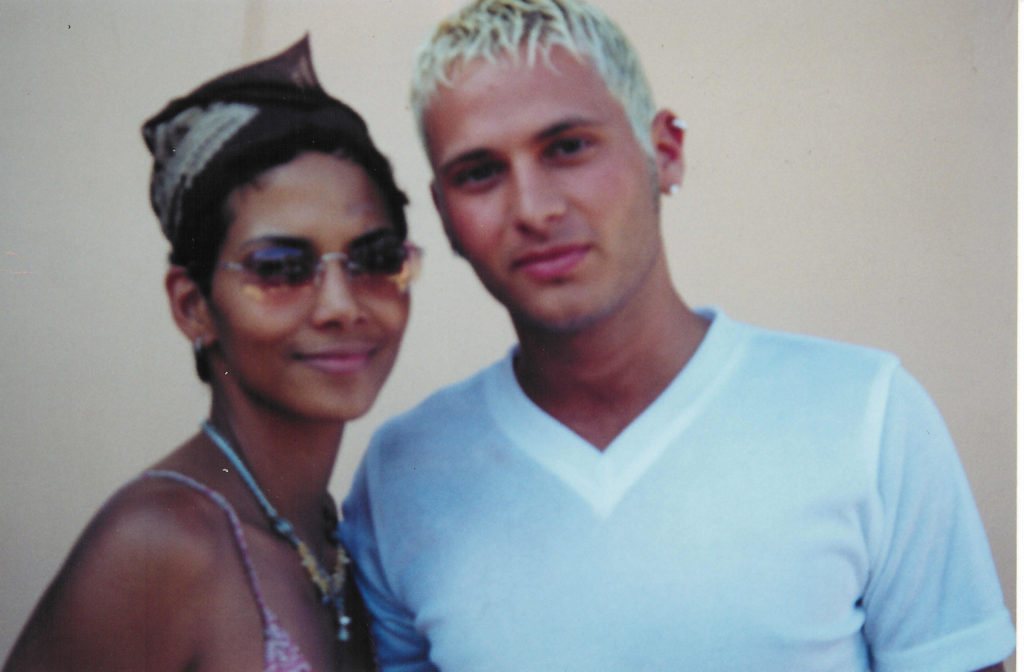

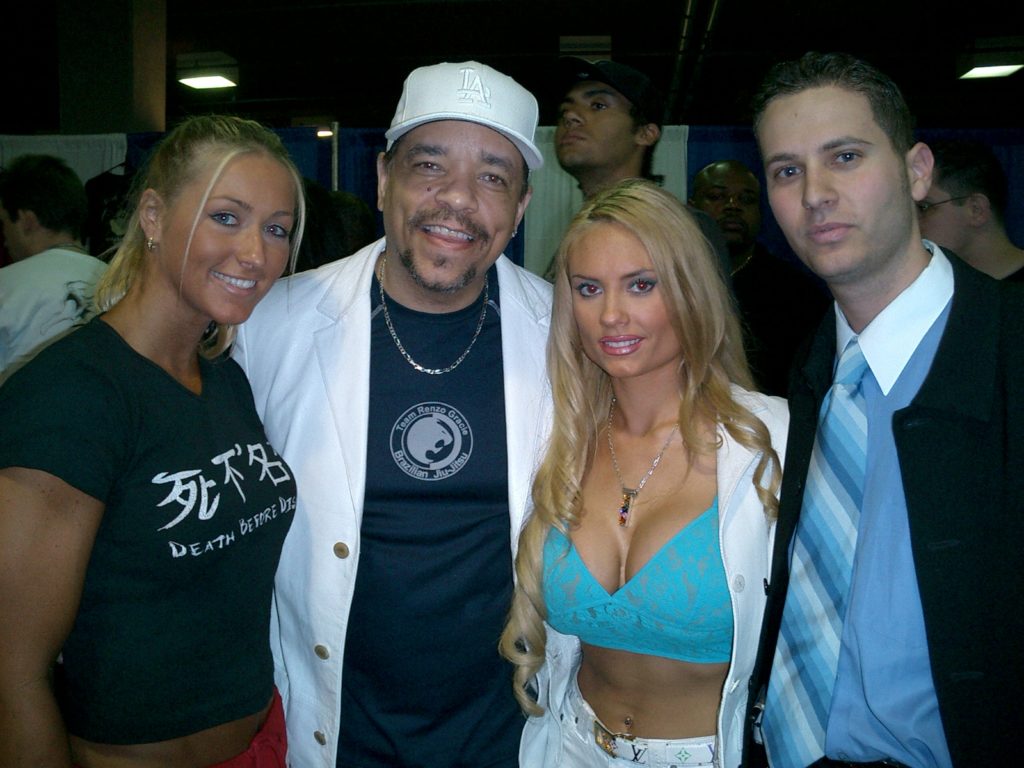
Viola has worked as a freelance talent scout and entertainment entrepreneur. He has mentored top martial arts performers, helping them gain exposure within the entertainment industry. Viola helped launch the modeling career of Nick Bateman at the Model Universe competition in Miami, Florida. Bateman was discovered by fashion Icon Calvin Klein at the event.
Viola has extensive experience within the entertainment industry, working behind the scenes of major Hollywood productions. He has worked on location for big budget music videos sharing the set with musical artists such as the Def Tones, Britney Spears, and The Black Eyed Peas. The experience influenced the creation of The Kumite Classic concept.
The Kumite Classic
Arnold Schwarzenegger



